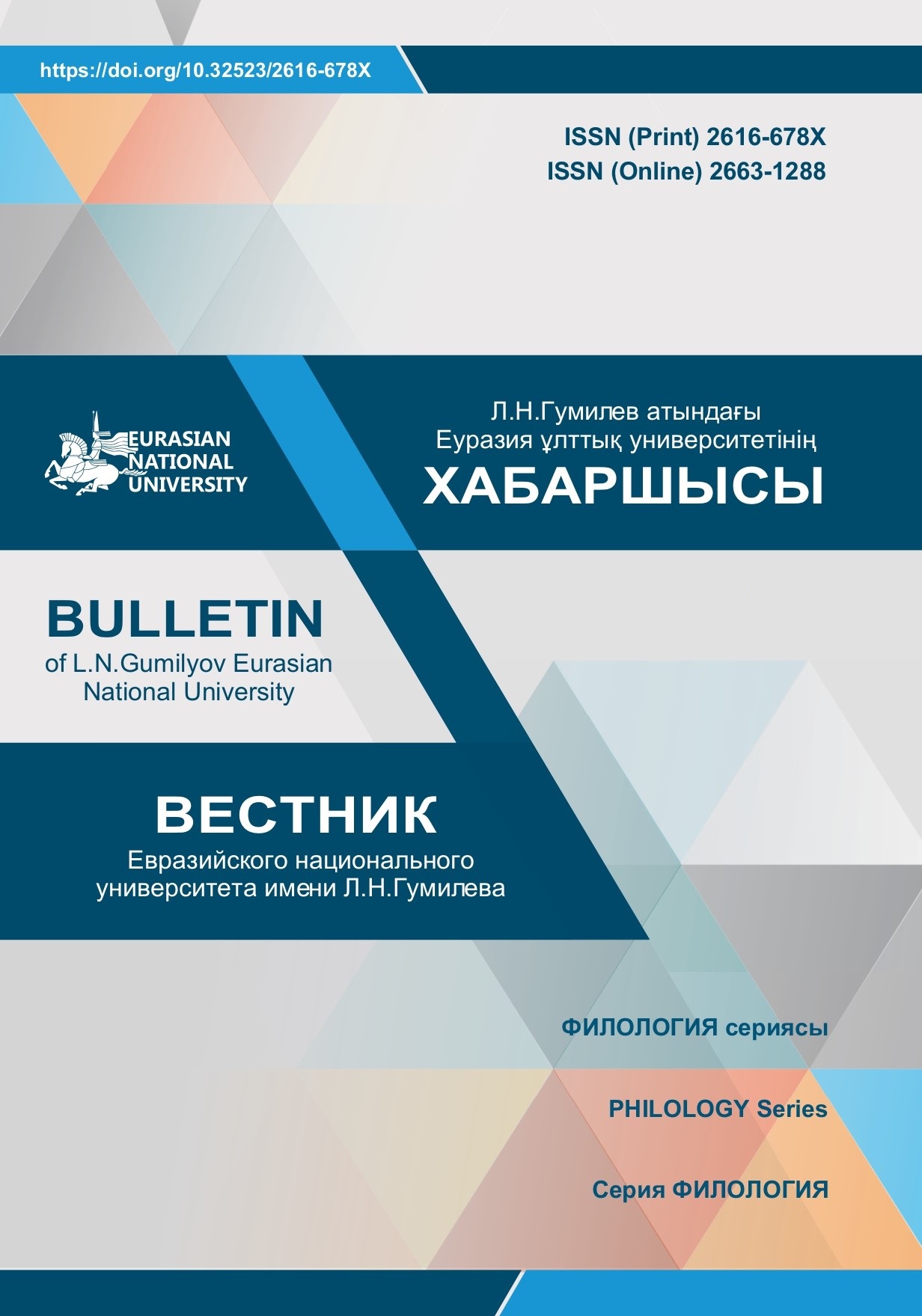History and language interactions of toponyms of East Kazakhstan
Views: 223 / PDF downloads: 177
Keywords:
interlanguage contacts, bilingualism, Turkic-Mongolian ties, Kazakh-Russian contacts, toponym, toponymic systemAbstract
This article examines interlanguage contacts and their role at the stage of formation of the
toponymic system of East Kazakhstan – from the emergence of ancient Turkic and Mongolian toponymy
to the beginning of the XX century, when the main strata – Turkic (Kazakh) and Indo-European (Slavic) -
took shape.
The main issue of the article was the question of the nature of the relations of these strata, namely:
how they were created and what interlanguage interactions formed them, how these strata correlated on
the path of the historical development of language collectives and society as a whole. The answer to this
question will help to understand the current state of the toponymy of the region, will allow it to identify
living, dynamic areas and centers of tension that require updating and development.
In this study we will consider as the main Turkic (Kazakh) and Slavic (mainly Russian) regional
toponymy, which emerged at a certain stage, developed, interacting with each other and incorporating
numerous foreign language bases, primarily Mongolian.
The regional toponymy has developed as a single multicomponent system. The material of the article
allows us to conclude that the unity of the toponymic system of East Kazakhstan was due to the widest
interlingual contacts, manifested in the borrowings of toponyms and entire groups against the background
of Russian-Kazakh and Kazakh-Russian bilingualism.







